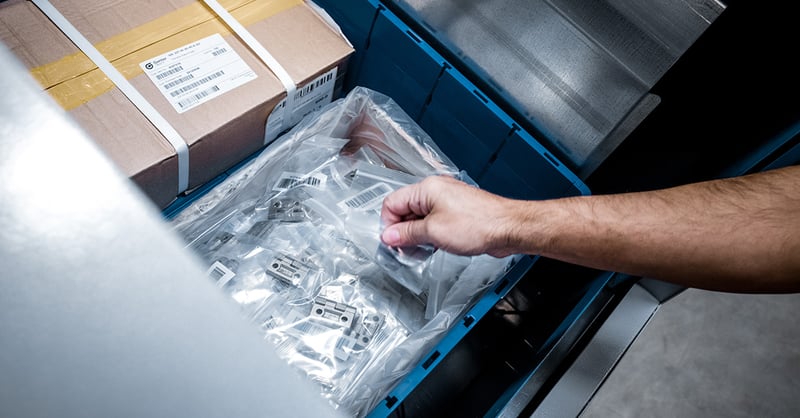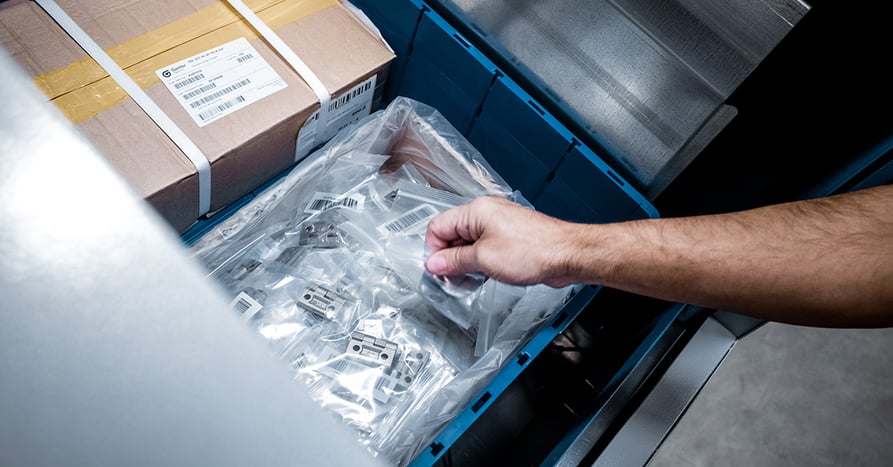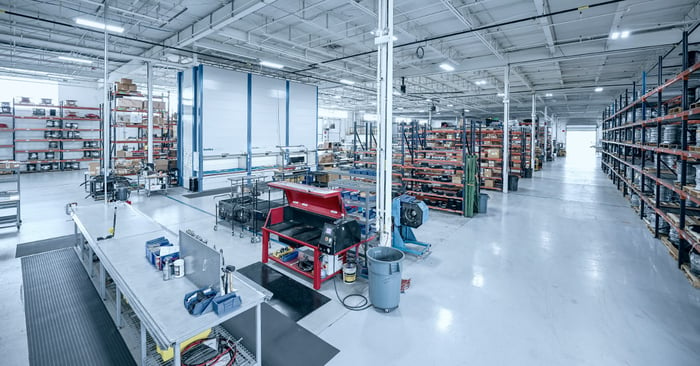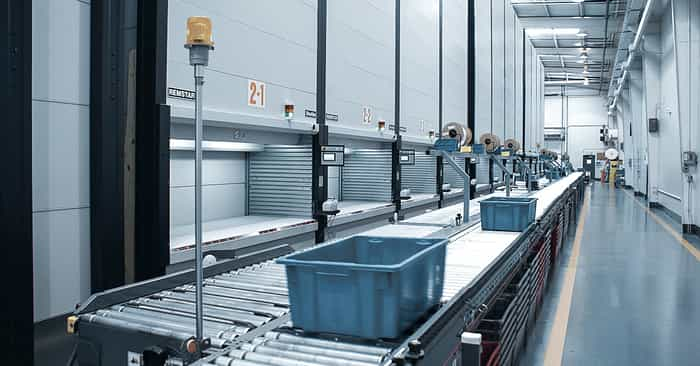In today's fast-paced e-commerce environment, businesses are constantly looking for ways to streamline their operations and increase efficiency. One crucial aspect of any e-commerce operation is the pick and pack fulfillment process. By optimizing this process, businesses can reduce costs, improve order accuracy, and enhance customer satisfaction. In this blog post, we'll discuss what pick and pack is, its significance in the e-commerce industry, and how Automated Storage and Retrieval Systems (ASRS) can help optimize this process.
What is Pick and Pack?
Pick and pack is a fulfillment method used in e-commerce warehouses and distribution centers, where individual items are picked from storage locations and then packed directly into shipping box to fulfill customer orders. Pick and pack fulfillment refers to workers "picking" and then "packing" smaller, low line item e-commerce orders. The pick and pack process is an order fulfillment method or strategy commonly used in e-commerce order fulfillment operations where the orders are picked directly into the shipping box to speed the fulfillment process. It is one of many strategies of order fulfillment, which refers more broadly to filling orders within a warehouse and includes a wider range of orders including e-commerce orders, retail orders, B2B orders, any type of customer order.
Read More on Order Fulfillment Here: The Ultimate Guide to Order Fulfillment Strategies and Technologies
The pick and pack process usually involves multiple steps, such as retrieving items, verifying, packing, and labeling shipments before they are sent to their final destination. The efficiency and accuracy of the pick and pack process can significantly impact e-commerce order processing time, warehouse labor costs and the overall customer experience.
The Pick and Pack Process
- Order receipt: The process starts with receiving customer orders – usually through an e-commerce platform. These orders are then sent to the warehouse management system (WMS) for processing and fulfillment.
- Picking: Warehouse staff, referred to as "pickers," locate and retrieve the required items from their storage locations using a pick list generated by the WMS. The list usually includes product details, quantities, and storage locations to ensure accurate picking.
- Verification: Once items have been picked, they are verified against the customer order to ensure accuracy. Any discrepancies can be addressed at this stage to minimize potential returns or customer complaints.
- Packing: Using the pick and pack fulfillment method, items are generally picked directly into their shipping container, skipping the step of repacking items from a collection tote into a final shipping container. Instead, in the packing step, packing materials are documentation (such as a receipt) are added into the shipping box and the box is sealed.
- Labeling and shipping: Shipping labels are printed and affixed to the packages, which are then dispatched to their respective destinations via the chosen shipping carrier, or sometimes held for customer pickup.

Pick and Pack in E-Commerce
The pick and pack process is especially critical in e-commerce fulfillment operations because it directly affects the speed and accuracy of order fulfillment. As online shopping continues to grow, so do customer expectations for fast and accurate delivery. To meet these expectations, e-commerce businesses need to optimize their pick and pack processes to minimize errors, reduce labor costs, and improve overall efficiency.
How ASRS Can Help Optimize the Pick and Pack Process
Automated Storage and Retrieval Systems (ASRS) are advanced warehouse technologies designed to streamline storage and retrieval of items using goods-to-person automation. By integrating ASRS into the picking part of the pick and pack process, businesses can achieve several benefits:
- Increased efficiency: ASRS can significantly reduce the time it takes to locate and retrieve items, as the system can automatically bring the products to the pickers. This virtually eliminates worker walk and travel time and reduced labor costs associated with manual picking.
- Improved accuracy: ASRS typically uses advanced tracking and inventory management software and can be integrated with pick-to-light technology. Pick-to-light technology pinpoints the exact location of the stored item and displays the part number and quantity to pick, reducing human error in picking the wrong items or quantities.
- Scale to manage peaks: With ASRS, throughput and labor requirements can easily be scaled up or down to accommodate fluctuations in order volume, making it an ideal solution for e-commerce businesses that experience seasonal demand or rapid growth.
- Space optimization: ASRS utilizes vertical storage space more efficiently than traditional shelving, allowing for higher storage density and better use of available warehouse space. Most ASRS system can recover up to 85% of your existing warehouse space.
- WMS Integration: Integrating ASRS with your WMS provides real-time inventory visibility and improves overall warehouse operations.
In the competitive world of e-commerce, optimizing the pick and pack fulfillment process is essential for reducing costs, improving customer satisfaction, and staying ahead of the competition. By incorporating Automated Storage and Retrieval Systems (ASRS) into the pick and pack process, businesses can benefit from increased efficiency, improved accuracy, scalability, and better warehouse space utilization. By embracing these advanced warehouse technologies, e-commerce companies can streamline their operations, enhance the customer experience, and ultimately boost their bottom line.
To successfully implement ASRS and optimize your pick and pack process, consider the following steps:
- Analyze your current operations: Begin by assessing your current pick and pack process, identifying areas for improvement and potential bottlenecks. This will help you determine the most appropriate ASRS solution for your business.
- Choose the right ASRS solution: Different types of ASRS systems cater to different warehouse needs, such as Vertical Lift Modules for handling fluctuating inventory or Vertical Carousel Modules for smaller items. Consult with industry experts to find the best system for your specific requirements.
- Train your staff: Ensure that your warehouse staff is well-trained in using the ASRS system and understands its benefits. Proper training can help prevent errors, reduce downtime, and ensure a smooth transition to the new system.
- Continuously monitor and optimize: Regularly monitor the performance of your ASRS system and pick and pack process to identify areas for further optimization. Continual improvement is essential for maintaining peak efficiency and staying ahead of your competitors.
By investing in ASRS technology and focusing on optimizing the pick and pack fulfillment process, e-commerce businesses can significantly improve their operations and meet the growing demands of today's online shoppers. With greater efficiency, accuracy, and scalability, businesses can thrive in the competitive e-commerce landscape and provide an exceptional customer experience.





